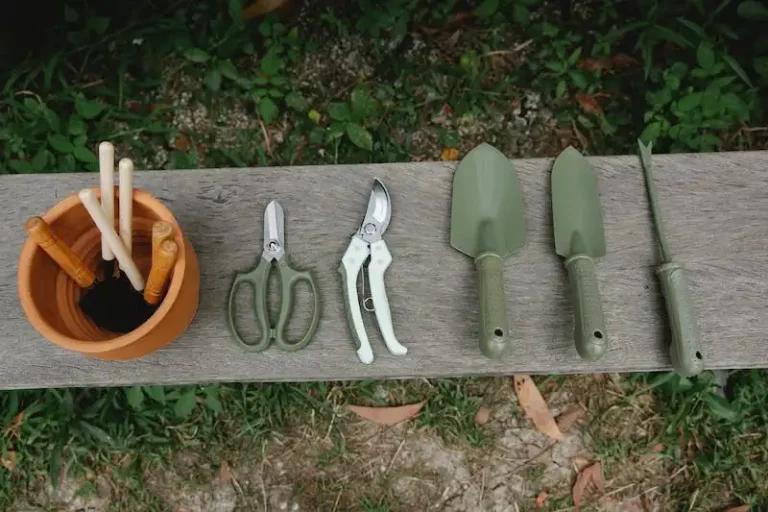Garden Trees, Shrubs & Vines
Kyle Schurman
Having a coat of snow over your yard can be quite soothing in the wintertime — but when the snow turns to ice and buildup becomes too heavy for your shrubs and trees to support, your calm feelings can disappear quickly. You may worry about breakage and long-term damage to your plants. However, the solution is not to try to clean the ice off yourself. Instead, it’s usually best to wait it out and let it melt on its own.
Using a rake or broom to remove the ice off trees and bushes often results in more breakage, as the branches become brittle with frozen precipitation on them. This can be hazardous to you and your plants. Even if the air temperature remains below freezing days after an ice storm, the sun can still heat the branches over 32 degrees Fahrenheit, allowing some of the ice to begin melting before the air temperature catches up. This means you can (and should) wait it out rather than attempting to remove it yourself.
Preparing your trees and bushes for an ice storm

Hobo_018/Getty Images
If you have an advanced warning of the ice storm, there are things you can do to avoid the most serious damage from breakage and feel more confident waiting for everything to melt afterward. Prepare your garden for winter by spending time in the autumn pruning and trimming the shrubs and trees. Remove any branches that are obviously dead or that have cracks in them. The best time to trim and prune trees is in late autumn and early winter after they’ve gone dormant, as any wounds you create can fully close during this time. Additionally, because the leaves are out of the way, it’s easier to see any damaged areas that need cutting.
If you see obviously dead branches that don’t have green leaves during the summer and early fall, you may want to place brightly colored duct tape on those branches so you can find them again when it’s time to prune. Consider using different colors of tape to indicate different problems. You can place the tape at the spot where you want to make the cut so it’s easier to visualize at the time of pruning. If you simply don’t feel comfortable doing the pruning, hiring an arborist can help with locating and making the necessary cuts.
What you should do for your garden after an ice storm

Arndt_vladimir/Getty Images
Even though you should wait for the ice to melt from your trees and shrubs, there are other steps you can take after the storm to help your plants recover faster. Once it’s safe to do so, remove fallen branches and other debris from the area. Wet leaves and branches can smother the grass and plants, making it harder for them to get going when the growing season starts in the spring.
If you have broken branches within your small trees or shrubs after the ice storm, either because they’re caught on other items or still partially connected, you can carefully remove them — just be sure to exercise caution. Hanging branches can fall suddenly and break other limbs, causing more damage. Once you remove the breakage, cut off any remaining stumps from broken limbs, too, ensuring a clean cut. The branch has an easier time sealing its wound on a clean cut. Go back to the spot where there’s a branch union and cut the broken limb cleanly.
Finally, inspect the damaged tree or shrub for structural cracks in the trunk or along major branches. Is the tree now leaning? Any of these items could indicate a weak point that could snap off completely at the next wind storm, falling on a fence, your home, or your garden. If you find worrisome damage and don’t know how to move forward, ask an arborist for help.



